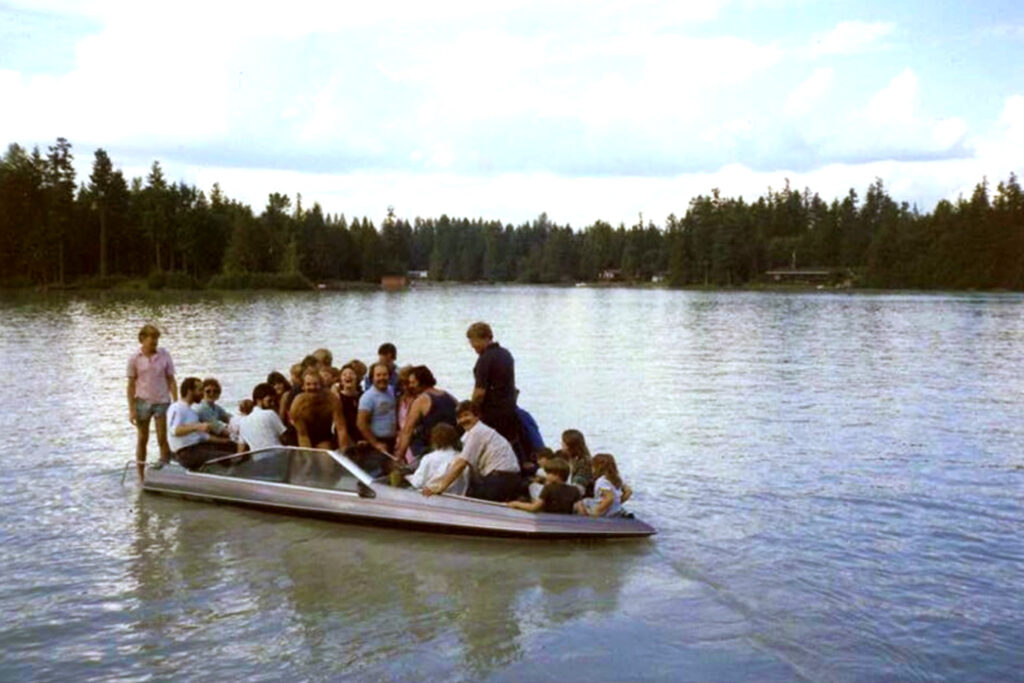
Easy PC - Probable Cause
Many states do not require PC (Probable Cause) to initiate a vessel stop, and the US Coast Guard is authorized to make random vessel stops. The Coast Guard’s primary law enforcement authority is derived from 14 USC 89 (made law in1949) which states in part, “The Coast Guard may make inquiries, examinations, inspections, searches, seizures, and arrests upon the high seas and waters over which the United States has jurisdiction, for the prevention, detection, and suppression of violations of the laws of the United States for such purposes, commissioned, warrant and petty officers may at any time go on board of any vessel subject to the jurisdiction, or to the operations of any law, of the United States, address inquiries to those on board, examine the ship’s documents and papers, and examine, inspect, and search the vessel and use all necessary force to compel compliance . . .”
California Boating Safety Enforcement Officers must have Probable Cause to initiate a stop. If an officer witnesses any operational law violations, such as riding on the bow, gunwale or transom, speeding in a controlled area, or reckless operation, a stop is warranted. Once the officer makes the stop, a complete vessel safety check should always be made to ensure all carriage requirements are met, not so much as to catch an equipment violation but also to provide an opportunity for you to observe the operator’s actions as he demonstrates equipment compliance for his vessel; PFDs, Type IV, Fire Extinguisher, Sound Producing Device, Ventilation, Backfire Flame Arrestor, Visual Distress Signals, Emergency Cutoff Switch, etc.
There may be other times that an officer wants to make a stop, but no operational law violations are readily apparent. A boat may appear to be overloaded and/or lacking enough PFDs for the number of people on board.
The easiest and most common reason to make that stop are provided by the California Vehicle Code sections 9853.2, and Title 13 190.00 (a) and 190.01. Any boat cop worth his salt knows the law regarding proper display of numbers. 33 CFR § 173.27 Numbers is exactly the same as CVC 9853.2;
• painted on or permanently attached to each side on the forward half of the vessel
• plain block characters of not less than three-inch height, of a contrasting color to the background and be distinctly visible and legible, and…
• have spaces or hyphens that are equal to the width of a letter or number other than “I” or “1”.
If you have ever taken the time to do a dock walk, you will see that most boats are improperly numbered. Some boat dealers are notorious for offering that “extra” customer service to new boat owners by installing the numbers as a courtesy. Some dealers have used script letters or others of a non-block style characters, less than the required 3-inch minimum sized letters, and non-contrasting letters on brand new boats. West Marine and many other marine hardware stores sell these non-compliant varieties. You can use them for the boat’s name but not for the display of numbers.
Note: Are all your own agency’s vessels properly numbered? You can use your own numbers as an example, and it’s hard to justify a stop if you have the same violation.
What is different among the states is the display location of the registration sticker. The CFRs only state the stickers must be within 6 inches of the numbers. For those of us that have owned boats registered in California, you will remember that registration stickers are 3” by 3” and the two stickers come on a 3” by 6” backing. If you ever taken the time to read the backing, the directions say to use the sticker backing as a measuring device to install the stickers properly. The law says:
“The registration stickers issued by the department under the authority of Vehicle Code Section 9853.4 to identify a vessel as currently registered shall be securely affixed on each side of the vessel three inches aft (toward the stern) of and directly in line with the registration numbers and shall be so maintained as to be clearly visible at all times.” Most registration stickers are not exactly 3 inches aft of the numbers. It’s easy to determine the spacing size because the space should be exactly the same size as the registration sticker.
In contrast, Arizona stickers are affixed in front of the “AZ” on both sides so that on the port side the sticker is toward the bow and the starboard side sticker is astern of the numbers.
I made it a point to provide each operator I stopped with the California Boating Law pamphlet. On one of the last pages is an example of proper numbering that I can show the operator, along with any other deficiencies noted to help educate our fellow boating enthusiasts. Depending on the nature of the violation, prior stops and operator attitude, the officer has great latitude on how to handle the stop.
So really, are all these folks with these numbering violations criminals? Of course not, but by using the law to your advantage, you can initiate a friendly stop to ensure the vessel is properly equipped and use that opportunity for an educational opportunity, if need be, as well. This is why proper display of numbers becomes a bigger issue – you never know what you’ll find…or whose life may be saved.